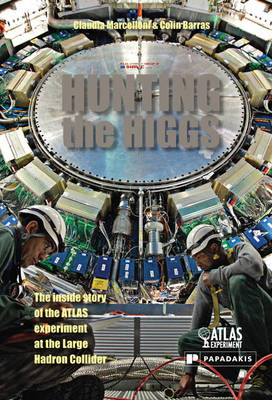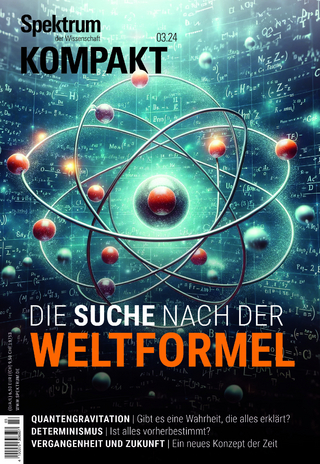
Hunting the Higgs
Seiten
2013
Papadakis (Verlag)
978-1-906506-37-7 (ISBN)
Papadakis (Verlag)
978-1-906506-37-7 (ISBN)
- Titel ist leider vergriffen;
keine Neuauflage - Artikel merken
Few years ago, the ATLAS detector at the Large Hadron Collider in Geneva began investigating the most powerful particle collisions physicists have ever created. This book tells the story of one of the world's largest particle detectors, from its inception in the 980s to its construction in the 2000s and its first years of operation in the 2010s.
This is the inside story of one of the world's largest particle detectors. Two years ago, the ATLAS detector at the Large Hadron Collider in Geneva began investigating the most powerful particle collisions physicists have ever created. Its discoveries include evidence of a new particle that many think is the famous and long-sought Higgs boson. This book tells the story of one of the world's largest particle detectors, from its inception in the late 1980s to its construction in the 2000s and its first years of operation in the 2010s. You can find out why a machine designed to find tiny subatomic particles exceeds the height of the tallest dinosaurs, why the ATLAS detector throws away 99.998 per cent of the data it finds in the blink of an eye - and why its search for discoveries that will change the way we think about the universe has only just begun.
This is the inside story of one of the world's largest particle detectors. Two years ago, the ATLAS detector at the Large Hadron Collider in Geneva began investigating the most powerful particle collisions physicists have ever created. Its discoveries include evidence of a new particle that many think is the famous and long-sought Higgs boson. This book tells the story of one of the world's largest particle detectors, from its inception in the late 1980s to its construction in the 2000s and its first years of operation in the 2010s. You can find out why a machine designed to find tiny subatomic particles exceeds the height of the tallest dinosaurs, why the ATLAS detector throws away 99.998 per cent of the data it finds in the blink of an eye - and why its search for discoveries that will change the way we think about the universe has only just begun.
Colin Barras is a science writer and has written for New Scientist, Tthe Daily Telegraph, the BBC website and the ATLAS project, part of the Large Hadron Collider (LHC) at CERN in Switzerland. He designed and edited the ATLAS e-News website between November 2007 and May 2008. Claudia Marcelloni De Oliveira is a photographer at CERN.
| Erscheint lt. Verlag | 7.11.2013 |
|---|---|
| Verlagsort | Newbury |
| Sprache | englisch |
| Maße | 175 x 250 mm |
| Gewicht | 410 g |
| Themenwelt | Naturwissenschaften ► Physik / Astronomie ► Astronomie / Astrophysik |
| Technik | |
| ISBN-10 | 1-906506-37-X / 190650637X |
| ISBN-13 | 978-1-906506-37-7 / 9781906506377 |
| Zustand | Neuware |
| Haben Sie eine Frage zum Produkt? |
Mehr entdecken
aus dem Bereich
aus dem Bereich
Grundlagen, Anwendungen in Astrophysik und Kosmologie sowie …
Buch | Softcover (2022)
Springer Spektrum (Verlag)
CHF 69,95
die Geschichte und Erforschung unserer Galaxie
Buch | Hardcover (2023)
C.Bertelsmann (Verlag)
CHF 40,80
Buch (2024)
Spektrum der Wissenschaft (Verlag)
CHF 9,10


